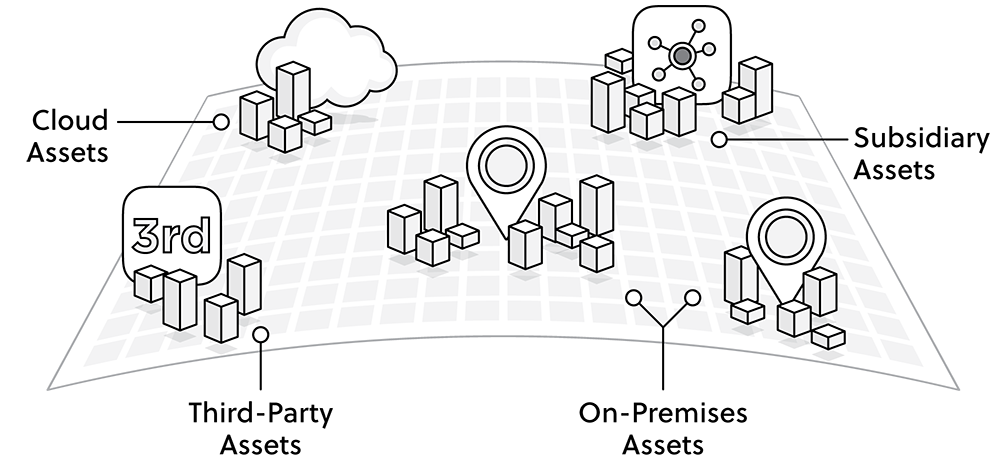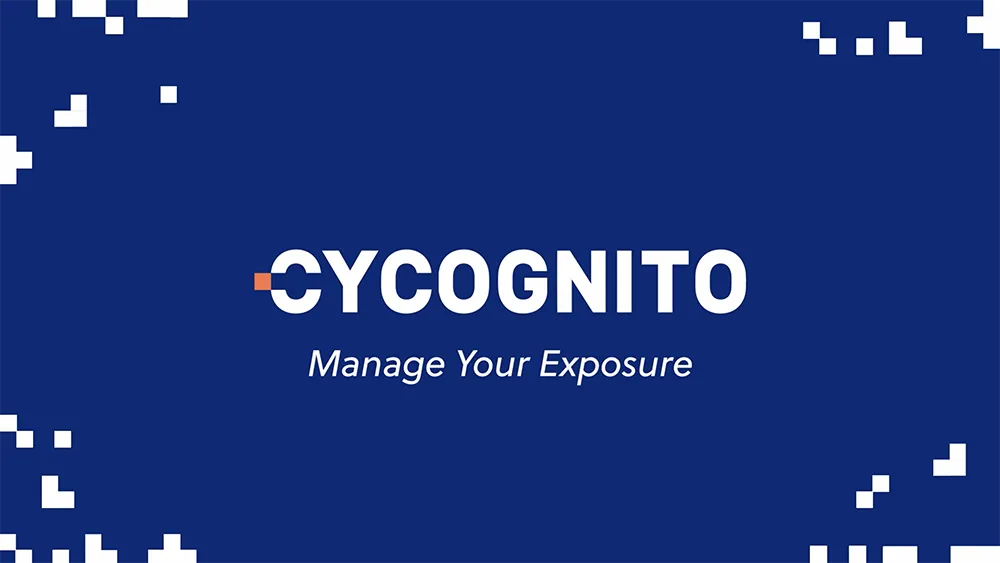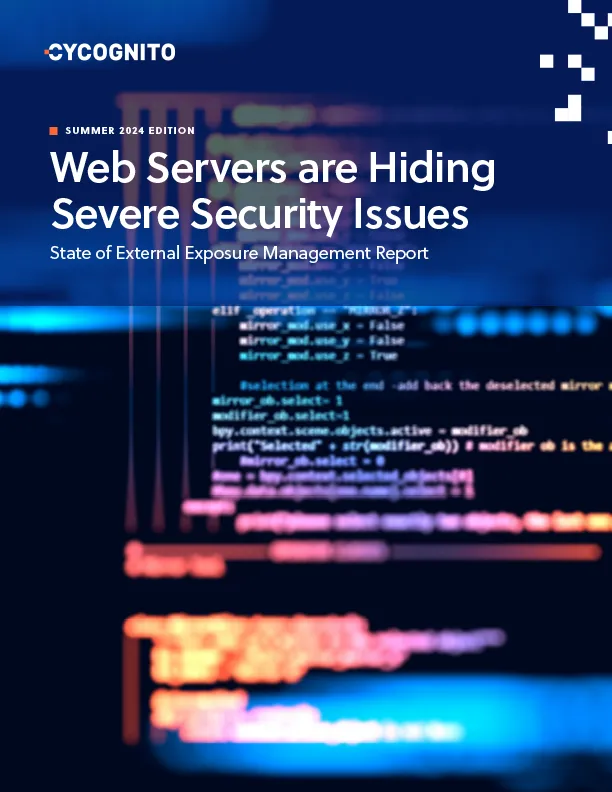What is attack surface reduction?
The term “attack surface” is sometimes defined as the collection of ways an organization can be breached. But that is really just the sum of your organization’s attack vectors.
A better definition is: Your attack surface is all of your attacker-exposed IT assets, whether secure or vulnerable, known and unknown, wherever they are: on-premises, in the cloud, in third-party or partner environments, or in the networks of your subsidiaries. That’s a better definition of “attack surface” because organizations benefit from having an understanding and visibility into their entire IT ecosystem that includes all of their network interconnectivity.
One of the most critical security issues today is the fact that IT and security teams don't know where all of their organization’s digital infrastructure and assets are, or whether they’re fully protected. This ‘awareness gap’ is called shadow risk; it’s a major problem, since unknown and unmanaged assets are often the easiest points of entry for attackers.

Organizations must expose their shadow risk by mapping and assessing their full attack surface. Data breaches are a potential risk for modern organizations — and the wider your attack surface, the higher your organization's risk of a data breach.
The need for attack surface analysis and management is universally recognized by security practitioners and vendors, but a critical point that may not be explicitly called out is that managing your attack surface isn’t something you should start doing only after you have implemented your security stack. Instead, it must be a foundational step that guides your security program and resource investments.





